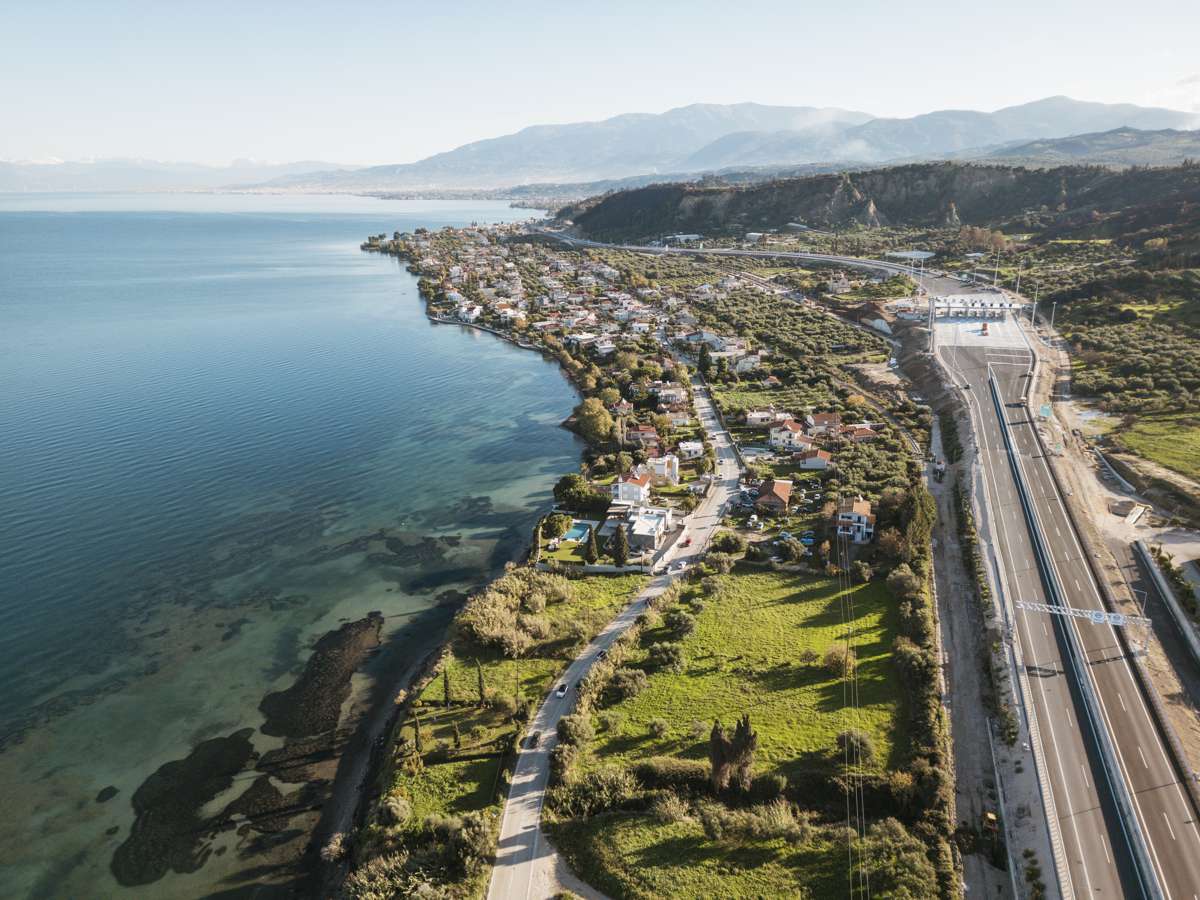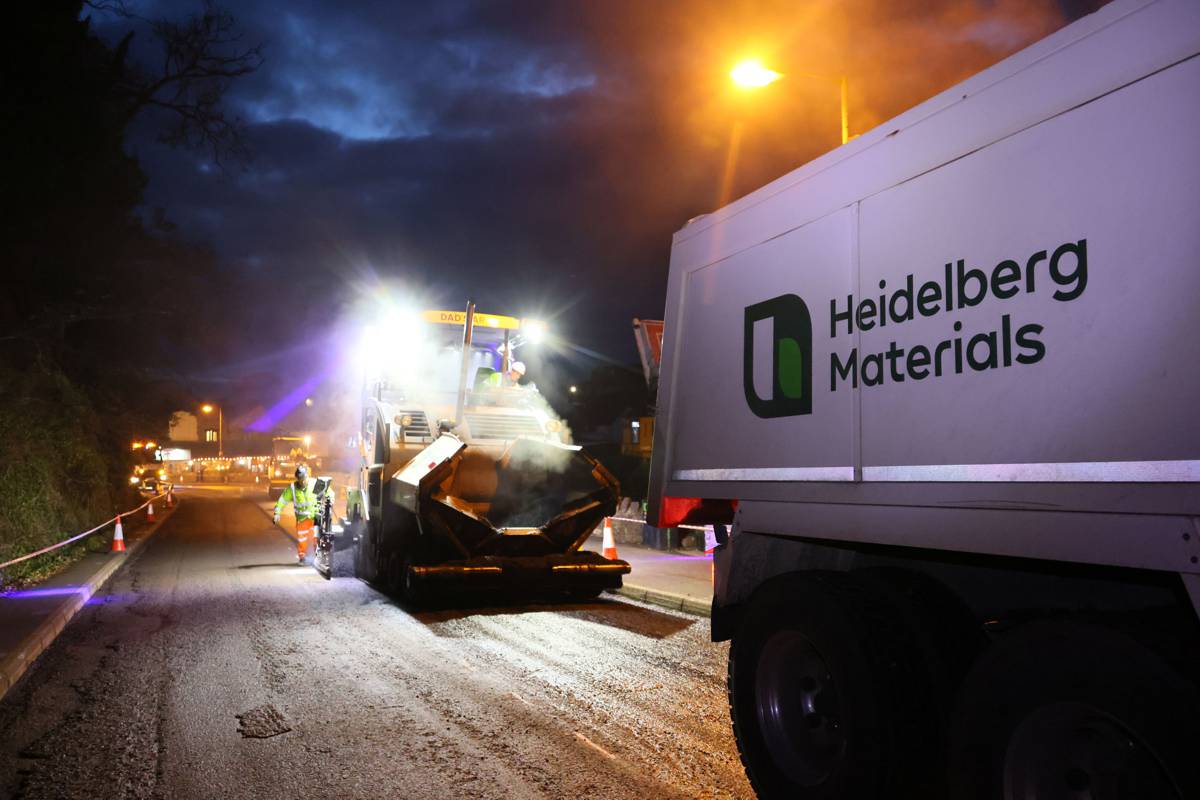Ancient Maori comb fragments found during New Zealand road construction
The teeth of a pre-European ceremonial wooden comb, a Maori heru, have been discovered during earthworks on the Huntly section of the Waikato Expressway.
This find was made by the Fulton Hogan-HEB Joint Venture team while topsoil was being moved to construct the new Evans, Kimihia and McVie Roads intersection which is part of the NZ Transport Agency’s Waikato Expressway Huntly Section construction.
A machine operator uncovered an old midden site with an excavator. He realised the significance of the find and stopped work immediately to allow time for Kaiarahi Kawe Nikora to contact the site archaeologist, Warren Gumbley.
Mr Gumbley declared the area an archaeological site and identified where the small amount of topsoil that had been removed at that point had been placed so that he could carry out a full search for artefacts. The topsoil was searched and the heru teeth were found.
‘The heru teeth are a rare find as virtually all wooden artefacts decay over a relatively short time. In this case we were fortunate because the high resin content in the Rimu wood meant the Heru had not decayed.
“Part of the site where the heru teeth were discovered had been previously disturbed during the construction of Evans Road many years ago so we were very lucky to have the machine operator identify what he was looking at,” Mr Gumbley says.
Archaeological finds such as these can help to fill out historical details of how the early residents of this land lived. The Heru was worn by both males and females and a chief’s Heru is made of different wood to denote rank.
The Transport Agency says the discovery is an example of the excellent processes in place on the site.
“Every person who starts work on the Huntly project undertakes a site induction which includes our Kaiarahi [Cultural guide] teaching them to be aware of the cultural significance of working in the Taupiri Range,” says Transport Agency Portfolio Manager, Peter Simcock.
As part of our working relationship with Waikato-Tainui, the Kaiarahi observes all topsoil stripping because this is the area of work on the Expressway where archaeological finds are most likely to be made.
“This extra pair of eyes together with the careful operation of machines by the contractors is a very important component of the care necessary to find any cultural or historical artefacts that might be in the topsoil,” Mr Simcock says.
The contractors, Kaiarahi and archaeologist are now working with nearby landowners to see if further investigations can be carried out on the adjacent private land.
The heru teeth have been submitted for radiocarbon dating to establish the objects age. The find will be registered under the Protected Objects Act before being returned to Waikato-Tainui.





















